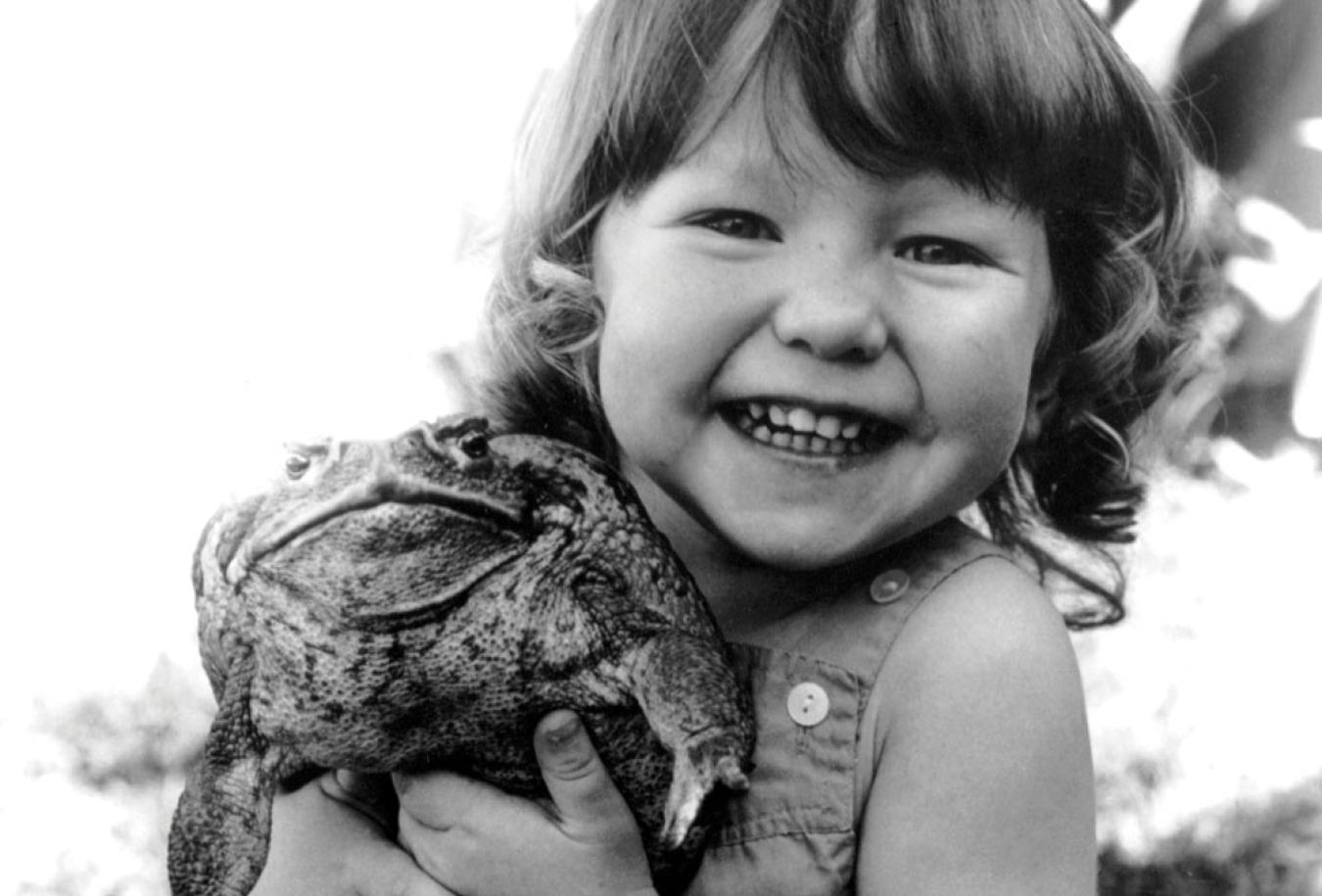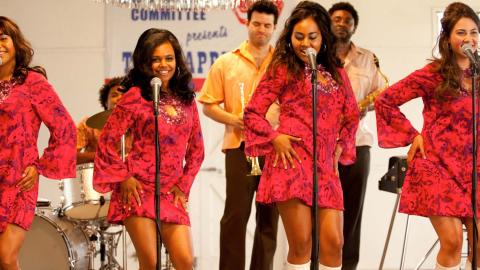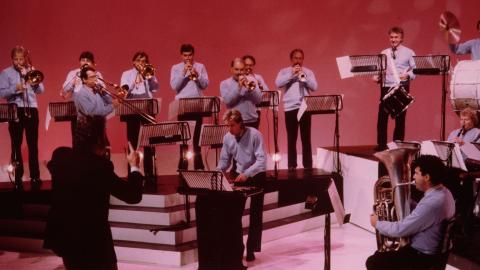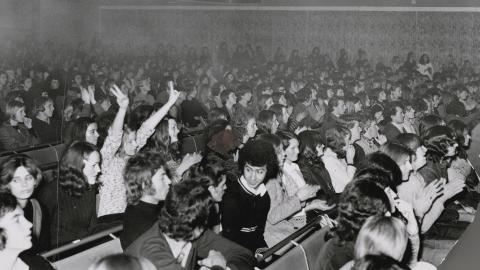

Sounds of Australia 2023
Sounds of Australia 2023
The following sound recordings with cultural, historical and aesthetic significance have been added to Sounds of Australia for 2023.
This year's inductees include a lifesaving advertising campaign, a chart-topping 70s smash, a feminist blues anthem and an ARIA award-winning world music album.
Established in 2007, the Sounds of Australia is the NFSA’s selection of sound recordings which inform or reflect life in Australia. Each year, the Australian public nominates new sounds to be added with final selections determined by a panel of industry experts.
There are now more than 185 sounds in the complete Sounds of Australia list.
WARNING: this collection may contain names, images or voices of deceased Aboriginal and Torres Strait Islander people.
Main image: Joseph Tawadros photographed by Daniel Sponiar, 2012
The National Film and Sound Archive of Australia acknowledges Australia’s Aboriginal and Torres Strait Islander peoples as the Traditional Custodians of the land on which we work and live and gives respect to their Elders both past and present.


